Introduction
What Should You Not Put in a Compost Tumbler?
Composting is an excellent way to recycle organic waste into nutrient-rich soil, and compost tumblers make the process even more efficient.
These rotating bins speed up decomposition by enhancing aeration and maintaining optimal conditions for microbial activity.
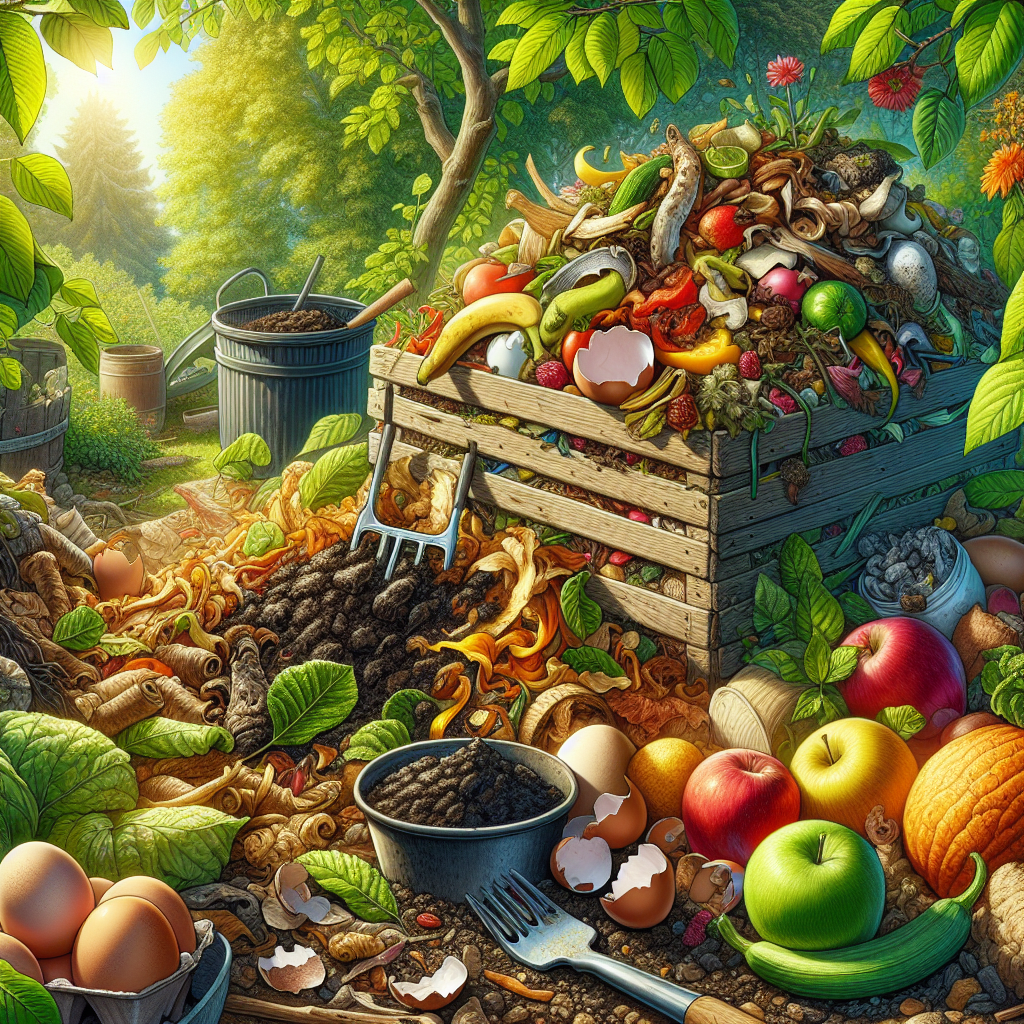
What Should You Not Put in a Compost Tumbler?
However, not everything belongs in a compost tumbler.
Some materials slow decomposition, introduce harmful pathogens, or create unpleasant odors.
Understanding what not to put in your compost tumbler ensures a healthy, balanced composting process.
The Science Behind Composting
Composting is like nature’s recycling program, turning kitchen scraps and yard waste into rich, dark soil that plants love.
At its core, it’s a simple process driven by science—biology, chemistry, and a bit of physics working together to break stuff down. Let’s dive in!
The stars of composting are tiny living things—microorganisms like bacteria, fungi, and even worms. These little helpers eat organic matter, such as fruit peels, grass clippings, or leaves.
As they munch away, they break complex materials—like sugars, starches, and proteins—into simpler bits. This process is called decomposition.
Bacteria kick things off by tackling the easy-to-digest stuff, while fungi step in later for tougher items like woody stems.
Oxygen is a big deal in composting. When you turn a compost pile or tumbler, you’re giving these microbes the air they need to breathe and work fast.
Without enough oxygen, the pile can get smelly as different, slower microbes take over, producing stinky gases like methane. That’s why aeration matters—it keeps things aerobic (oxygen-rich) and pleasant.
Water plays a role too. The pile should feel like a damp sponge—not too dry, not too soggy. Moisture helps microbes move around and digest food.
Too little water slows them down; too much drowns them. It’s all about balance.
Temperature is another key player.
As microbes eat and multiply, they generate heat. A good compost pile can hit 130–160°F (55–70°C), hot enough to kill weed seeds and bad germs.
This heat comes from the energy released during decomposition—think of it like a microbial workout!
Finally, composting needs the right mix of materials. “Greens” (like veggie scraps) provide nitrogen, which fuels microbe growth. “Browns” (like dry leaves) add carbon, giving energy and structure.
A 3:1 ratio of browns to greens is ideal.
In the end, composting transforms waste into humus—a crumbly, nutrient-packed soil booster.
It’s science made simple: microbes, air, water, and heat team up to recycle nature’s leftovers into garden gold!
Items That Disrupt the Composting Process
Certain materials hinder decomposition, introduce toxins, or create anaerobic conditions that lead to foul odors.
To ensure effective composting, avoid the following problematic items.
Dairy Products and Their Downfalls
Milk, cheese, butter, and yogurt may seem biodegradable, but they are composting nightmares. These items decay slowly and emit strong odors that attract pests like rodents and flies.
Additionally, dairy products can create anaerobic pockets, leading to putrid, slimy compost.
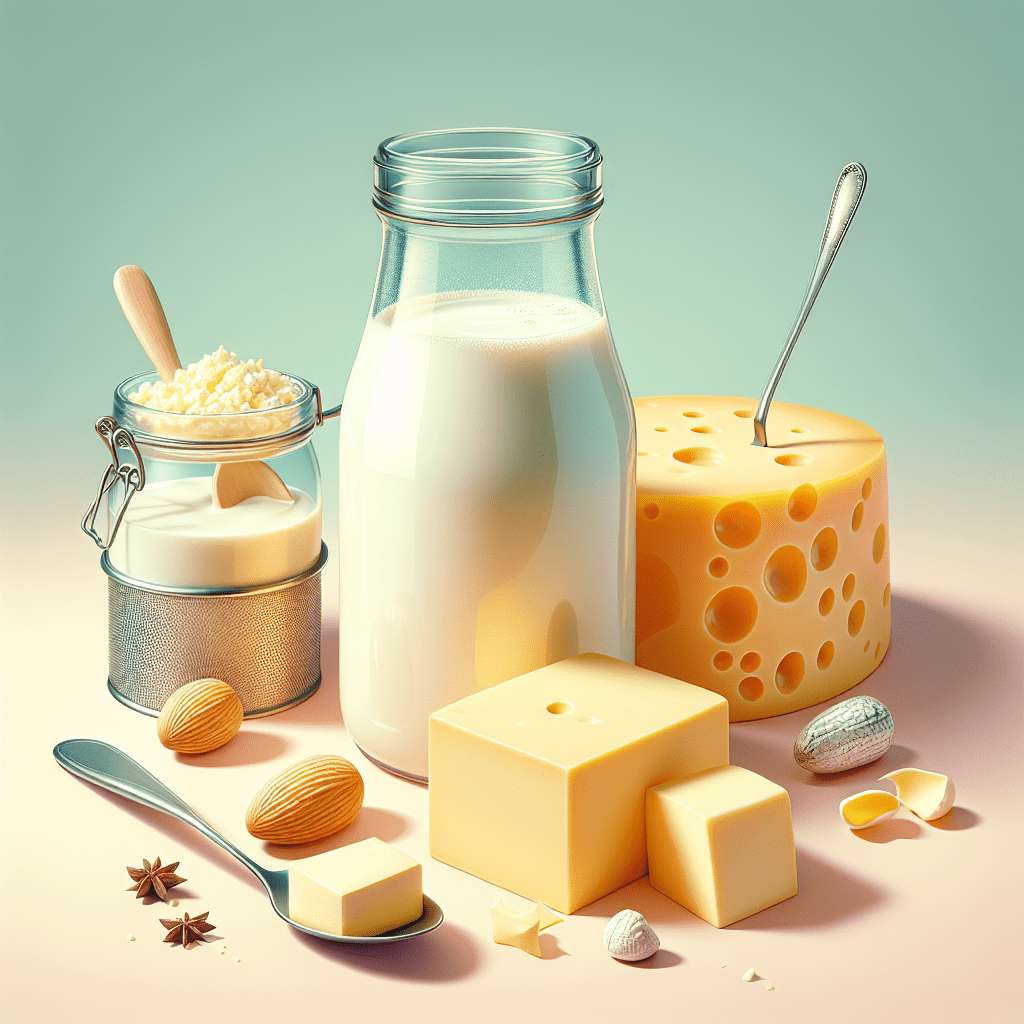
Meat, Fish, and Bones: A Composting Catastrophe
Meat scraps, fish remains, and bones decompose poorly in a compost tumbler. They release strong odors and attract unwanted pests.
Additionally, they can harbor harmful bacteria and pathogens that survive the composting process, making the final compost unsafe for use in gardens.
Oily and Greasy Foods: Compost Killers
Fats, oils, and greasy foods coat organic materials, preventing proper airflow and slowing down decomposition.
Microbes struggle to break down these substances, leading to anaerobic conditions and unpleasant smells.
Diseased Plants and Their Hidden Dangers
Adding plants infected with disease or fungal infections can spread pathogens throughout the compost. While high temperatures in industrial composting can kill these diseases, a home compost tumbler may not reach sufficient heat levels to neutralize them.
Weeds That Might Come Back to Haunt You
Invasive weeds, such as dandelions and bindweed, should be avoided, especially if they have gone to seed. Many weed seeds survive the composting process and may sprout when you use the compost in your garden.
Pet Waste: A Hazardous Addition
Dog and cat feces contain parasites and bacteria like E. coli and Salmonella, making them unsafe for composting. Even biodegradable cat litter can introduce harmful pathogens that persist in the compost.
Cooked Food Scraps: More Harm Than Good
While vegetable scraps are compost-friendly, cooked foods—especially those with seasoning, salt, or sauces—are problematic.
They can introduce excess fats, attract pests, and alter the compost’s microbial balance.
Citrus Peels and Onion Scraps: Too Acidic?
Citrus peels and onions are highly acidic and can disrupt the pH balance of your compost, making it less hospitable for beneficial microbes.
Additionally, citrus rinds take longer to break down, slowing the process.
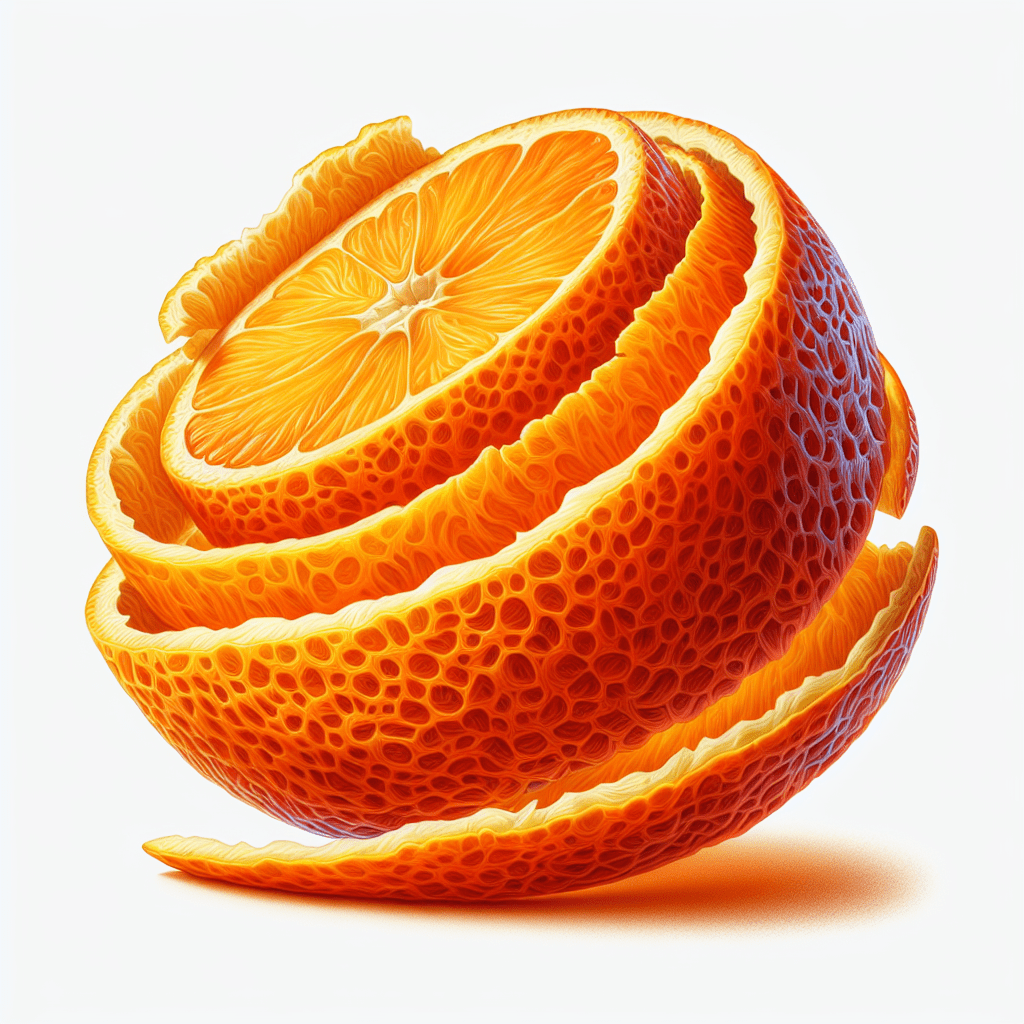
Non-Biodegradable Materials
Plastics, synthetic fibers, and metal fragments should never be added to a compost tumbler.
Even items labeled “biodegradable” may contain chemicals that do not break down efficiently.
Glossy or Treated Paper: A Toxic Trap
Magazines, receipts, and coated paper contain inks, dyes, and chemicals that can introduce toxins into your compost.
Stick to plain, uncoated paper and cardboard.
Charcoal Ash and Treated Wood Scraps
Ash from charcoal and treated wood contains chemicals that are harmful to plants.
Unlike untreated wood ash, which can be used sparingly, these materials should be disposed of separately.
Large Woody Branches: Too Tough to Tumble
Thick branches and woody materials take years to decompose unless they are shredded beforehand. Compost tumblers work best with smaller, easily decomposable materials.
Excessive Grass Clippings: A Sludge Problem
Fresh grass clippings are rich in nitrogen, but too much at once can create a dense, compacted mass that turns slimy and anaerobic.
Mixing grass with dry, carbon-rich materials helps prevent this issue.
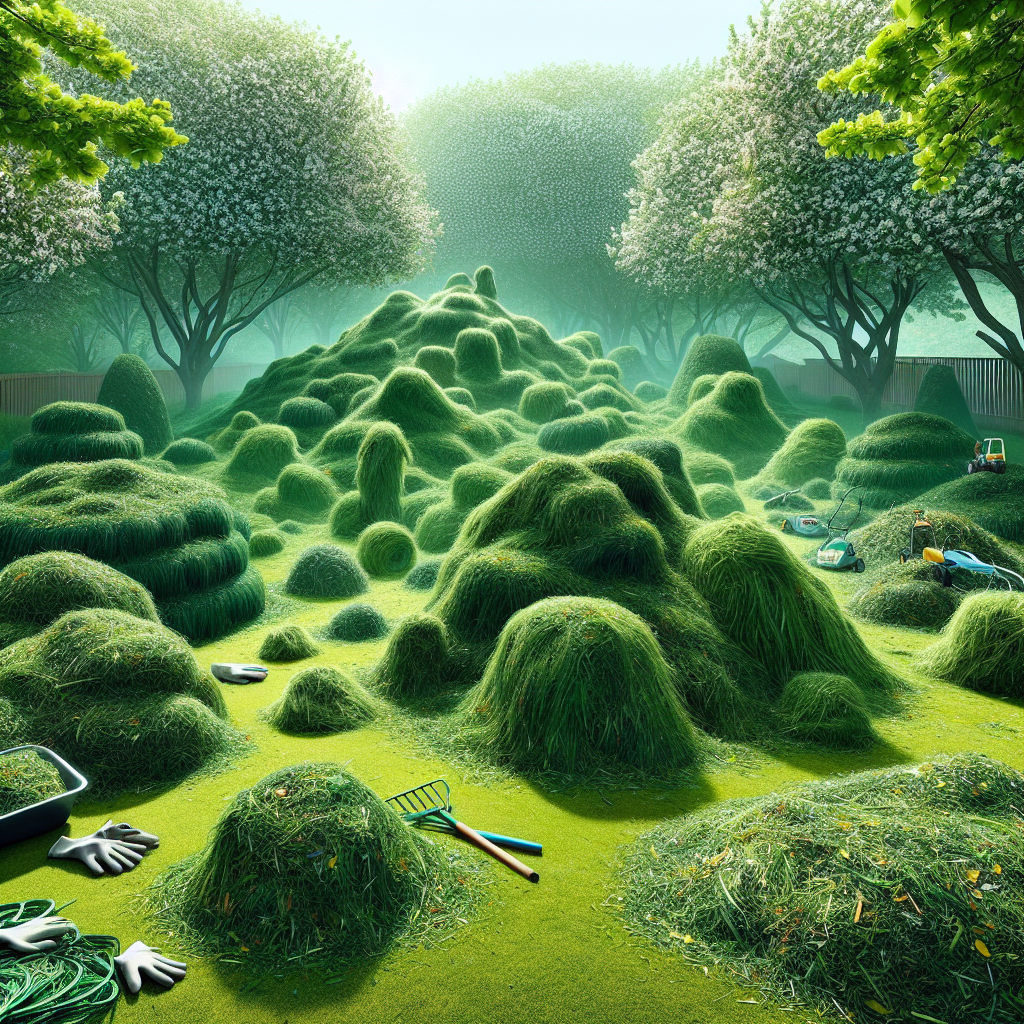
Eggshells: A Slow Breakdown
Eggshells contain valuable calcium but decompose slowly.
Crushing them into smaller pieces before adding them to the compost speeds up the process.
Spices and Salty Foods: A Microbe Nightmare
Salt dehydrates beneficial microorganisms, while strong spices like chili powder can inhibit bacterial activity.
Limiting these ingredients keeps the compost ecosystem thriving.
Moldy or Rotten Food: Friend or Foe?
While some mold is beneficial, excessive mold—especially black mold—can introduce harmful fungi that outcompete beneficial composting microbes.
A moderate amount of moldy fruit and vegetables is generally safe, but avoid large clumps.
Should I turn my compost tumbler every day?
So, you’ve got a compost tumbler, and you’re wondering: should I spin it every day? It’s a great question, and the answer depends on how composting works—science made easy with microbes, air, and a bit of elbow grease.
Let’s break it down!
Compost tumblers are like a VIP lounge for decomposition. They’re sealed, off the ground, and designed to mix things up fast.
Turning the tumbler adds oxygen, which is like a power boost for the tiny bacteria and fungi breaking down your scraps.
These microbes need air to stay aerobic—meaning they work quickly without making stinky gases like methane. Spin it, and you keep the party going strong.
But every day? Not necessarily. Turning it daily can speed things up, especially if you’re eager for quick compost.
The extra air keeps the pile hot—around 130–160°F (55–70°C)—which helps kill weed seeds and churns out finished compost in as little as a few weeks.
Daily turns also mix in fresh “greens” (like veggie scraps) with “browns” (like dry leaves), keeping the balance just right.
On the flip side, spinning it too much might overdo it. If your tumbler’s already humming along—warm, damp like a wrung-out sponge, and not smelly—you could ease up. Microbes need time to settle and digest.
Turning it every 2–3 days might be plenty, especially if you’re not in a rush. Check the vibe: if it’s cool, clumpy, or funky-smelling, give it a whirl. If it’s toasty and crumbly, let it chill.
Your schedule matters too. Daily turns work if you’ve got the time, but a few times a week is fine for most tumblers.
The key is consistency—keep air flowing, moisture balanced, and the mix of materials happy (aim for 3 parts browns to 1 part greens).
So, should you turn it every day?
You can, and it’ll speed things up, but it’s not a must. Watch your tumbler’s cues—heat, smell, and texture—and spin it when it feels right.
Either way, you’re on track for garden gold!
Should you put worms in a compost tumbler?
Alright, let’s tackle this one: should you put worms in a compost tumbler? It’s a fun idea—worms are composting champs—but the answer isn’t a straight yes or no.
It’s all about how tumblers work and what worms need to thrive.
Let’s dig in, keeping it simple and science-y!
Worms, especially red wigglers, are nature’s compost wizards. They munch through scraps like veggie peels and coffee grounds, pooping out rich, crumbly castings that plants adore.
In a regular compost pile or bin, they’re MVPs, speeding up decomposition and mixing nutrients.
So, tossing them into a tumbler might sound like a no-brainer, right? Not so fast.
Compost tumblers are a different beast. They’re sealed, elevated, and meant to be turned. Spinning mixes air into the pile, boosting microbes that heat things up—often to 130–160°F (55–70°C). That’s great for fast compost, but worms?
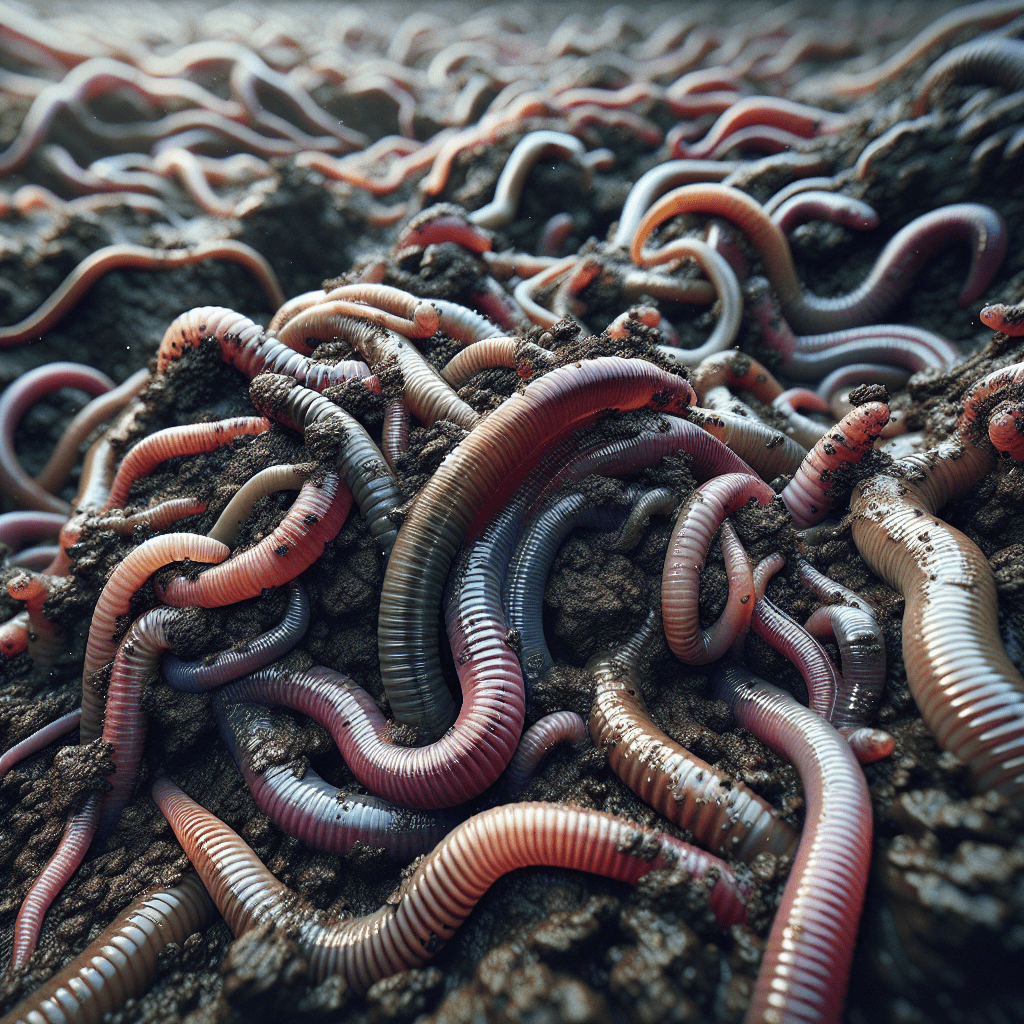
They’re not fans.
Most composting worms prefer cooler vibes, around 55–77°F (13–25°C). Too hot, and they’ll cook or crawl away if they can.
Then there’s the tumbling itself. Worms don’t love being flipped around like a salad. Constant spinning can stress them out, bruise their squishy bodies, or even squish them.
Tumblers are built for aeration and speed, not worm comfort.
In a static pile, worms can wiggle into cozy spots—tumblers don’t give them that chill zone.
That said, some folks make it work. If you keep the tumbler in a shady spot, avoid over-turning (maybe once a week), and don’t let it get scorching, worms might hang out.
Add extra bedding like shredded paper or leaves to give them a buffer. But here’s the catch: tumblers already decompose fast with microbes alone.
Worms might not add much extra oomph.
So, should you? Probably not.
Worms shine in open bins or piles where they can settle in. For a tumbler, lean on the heat and air-loving microbes instead.
Save your wiggly friends for a worm bin—they’ll thank you, and you’ll still get that sweet, sweet compost!
Conclusion
Maintaining a healthy compost tumbler requires careful selection of materials.
Avoiding problematic items such as dairy, meat, oils, diseased plants, and pet waste ensures a well-balanced composting process.
By sticking to appropriate organic matter, you can create rich, nutritious compost that benefits your garden while keeping unwanted odors and pests at bay.
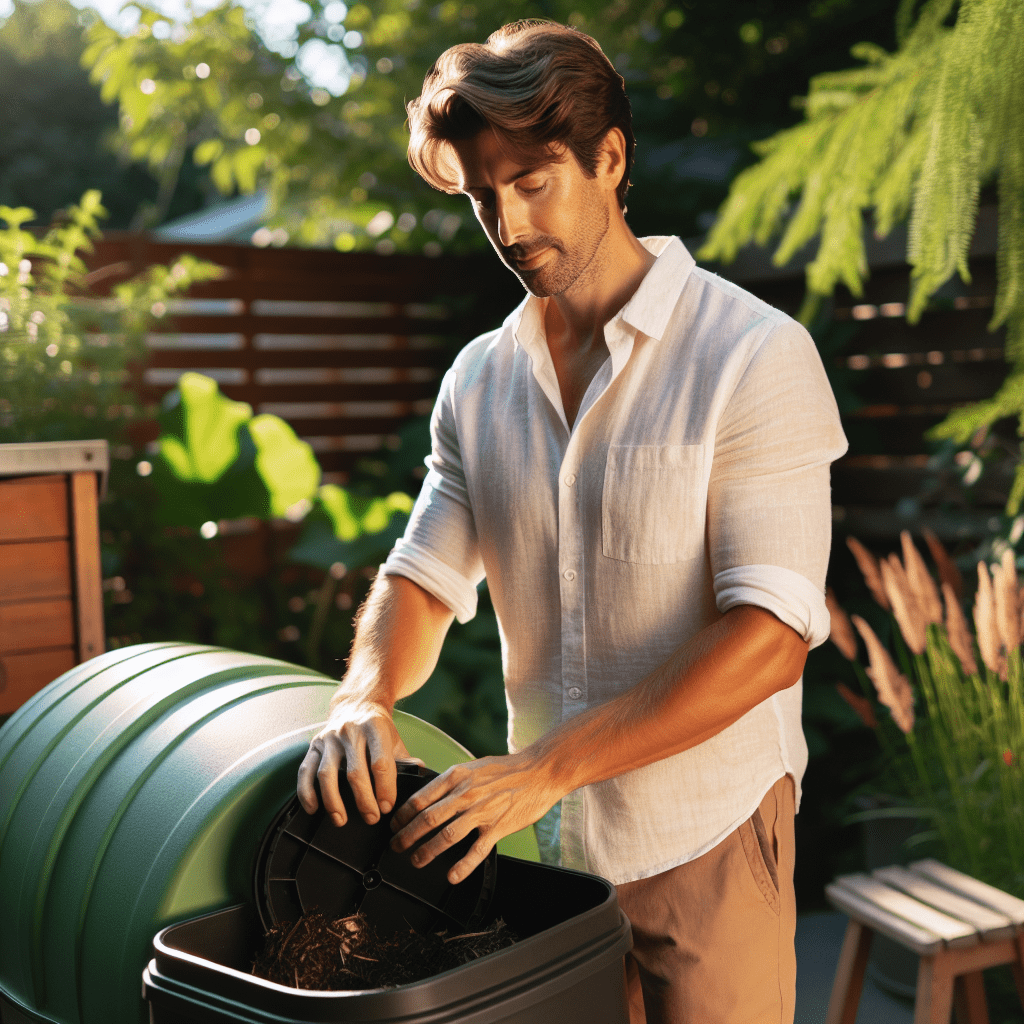
Some very useful FAQs
- FAQ: Can I put meat scraps in my compost tumbler?
Answer: No, meat scraps should be avoided in a compost tumbler. They can attract pests like rodents and flies and may create unpleasant odors as they decompose slowly. - FAQ: Is it okay to add dairy products like cheese or milk to my compost tumbler?
Answer: No, dairy products are not suitable for compost tumblers. They break down slowly, produce strong smells, and can invite unwanted pests. - FAQ: Why shouldn’t I put cooked food in my compost tumbler?
Answer: Cooked food, especially with oils, sauces, or seasonings, can attract pests and may disrupt the composting process by introducing excess moisture or slowing decomposition. - FAQ: Can I compost pet waste in a tumbler?
Answer: No, pet waste from cats, dogs, or other carnivores should not go in a compost tumbler. It may contain pathogens harmful to humans and isn’t safe for garden use. - FAQ: Are citrus peels safe to add to a compost tumbler?
Answer: In small amounts, citrus peels are fine, but avoid large quantities. They decompose slowly due to their acidity and can attract fruit flies. - FAQ: Should I put weeds in my compost tumbler?
Answer: Avoid adding weeds that have gone to seed or invasive weeds. The tumbler may not reach high enough temperatures to kill the seeds, leading to weed growth in your garden later. - FAQ: Can I add plastic-labeled fruit stickers to my compost tumbler?
Answer: No, fruit stickers are not compostable. They’re made of plastic or vinyl and should be removed from peels before composting. - FAQ: Is it safe to compost coal or charcoal ash in a tumbler?
Answer: No, coal and charcoal ash can contain chemicals like sulfur or heavy metals that harm plants and disrupt the composting process. - FAQ: Why can’t I put glossy paper or cardboard in my compost tumbler?
Answer: Glossy paper and cardboard often have plastic coatings or chemical treatments that don’t break down naturally and can contaminate your compost. - FAQ: Can I add diseased plant material to my compost tumbler?
Answer: No, avoid adding plants with diseases or fungal infections. The tumbler may not get hot enough to kill pathogens, risking the spread of disease in your garden.
These FAQs address common mistakes and clarify what to exclude from a compost tumbler for effective, odor-free composting!
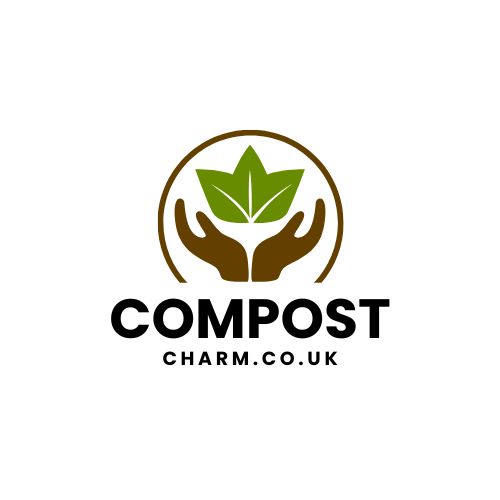
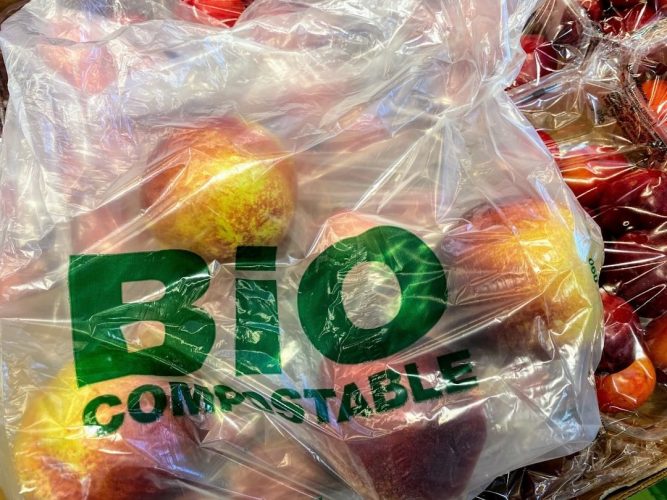

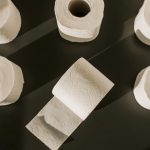
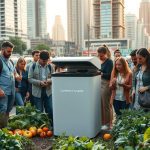
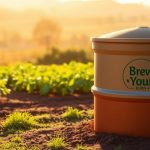
Like a gentle breeze in the heat of day, your words bring clarity, calm, and a renewed sense of wonder.
Thanks for your kind words.